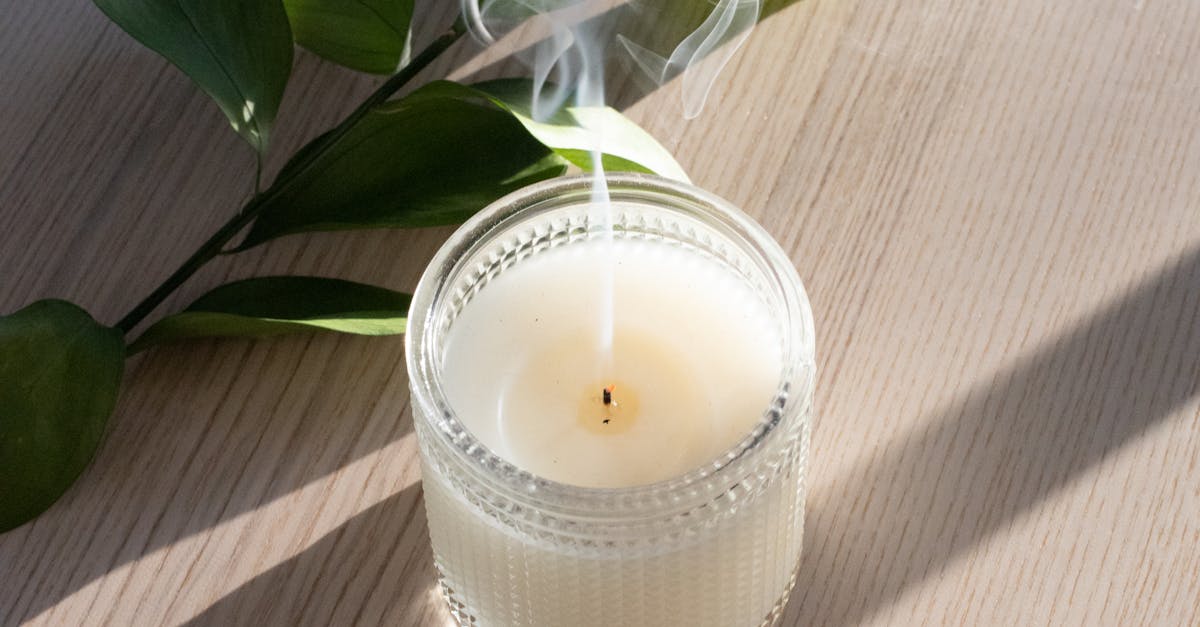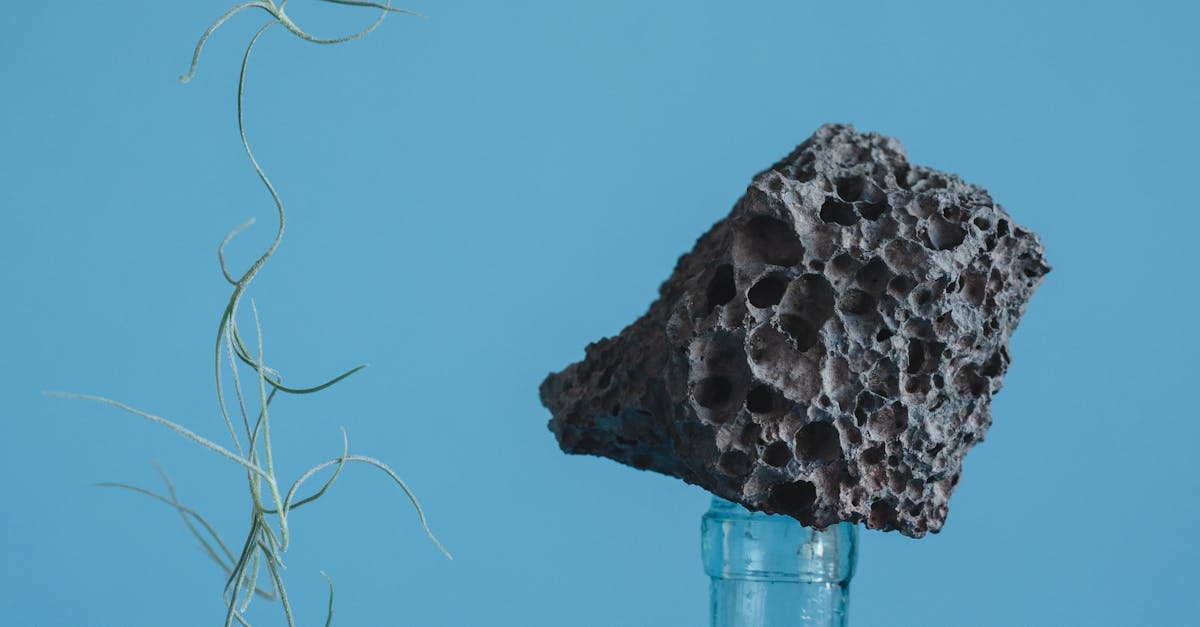Unveiling the Secrets of Air Plant Health: A Comprehensive Guide to Diagnosis and Recovery

Embark on a journey of discovery to unravel the secrets behind your ailing air plant. With expert guidance, you’ll decipher the hidden clues, optimize environmental conditions, and provide tailored care to restore their vibrant health. Whether it’s environmental imbalances, pest infestations, or unique species-specific needs, we’ll illuminate the path to a thriving air plant oasis in your home.
1. Unveiling the Clues: Common Signs of Air Plant Distress
Air plants, known for their resilience and unique ability to thrive without soil, can sometimes exhibit signs of distress. By observing your plant’s appearance and behavior, you can identify common symptoms and pinpoint potential underlying issues.
The first clue to unravel is discoloration. Healthy air plants typically display vibrant shades of green, but changes in color can signal problems. Yellowing leaves, for instance, may indicate overwatering or nutrient deficiency, while brown or black leaves could be caused by sunburn or underwatering.
Another telltale sign of distress is wilting. Air plants naturally have a firm, upright posture, but wilting leaves can indicate dehydration, insufficient light, or root problems. Similarly, brown tips on the leaves can be a symptom of underwatering or low humidity.
2. Environmental Factors: The Impact of Light, Humidity, and Circulation

Unveiling the optimal environmental conditions for your air plant is key to its well-being. These resilient plants thrive within a specific range of light, humidity, and air circulation.
Air plants prefer bright, indirect light, mimicking their natural habitat under the shade of trees. Direct sunlight can scorch their leaves, leading to brown tips or bleached spots. Conversely, insufficient light can hinder their ability to photosynthesize, resulting in stunted growth and yellowing leaves. Finding a spot near a north-facing or east-facing window often provides the ideal balance.
Humidity is another crucial factor. Air plants originate from humid environments, and they absorb moisture from the air through their leaves. To replicate these conditions, misting your air plant regularly or placing it on a tray filled with pebbles and water can increase humidity levels. However, avoid overwatering, as this can lead to root rot.
3. Watering Wisdom: Finding the Balance for Air Plant Hydration
Watering is essential for air plant health, but finding the right balance is crucial to prevent problems. Unlike traditional potted plants, air plants absorb moisture through their leaves rather than their roots. Therefore, soaking them in water or planting them in soil can lead to overwatering and root rot.
The key is to provide your air plant with regular misting or soaking, allowing it to dry out completely between waterings. The frequency of watering depends on factors such as the plant’s size, the environment’s humidity, and the season. A good rule of thumb is to mist your air plant 2-3 times per week, or soak it in water for 10-15 minutes once a week, then shake off any excess moisture.
Overwatering is a common pitfall, leading to waterlogged leaves, root rot, and discoloration. If you notice signs of overwatering, such as mushy or brown leaves, reduce watering frequency and allow the plant to dry out thoroughly. Underwatering can also occur, especially in dry environments or during hot summer months. Signs of underwatering include dry, brittle leaves and curling leaf tips. To address this, increase the frequency of misting or soaking.
4. Pest Patrol: Identifying and Combating Common Air Plant Pests
Air plants, like all living things, can sometimes fall prey to pests. Common culprits include mealybugs, aphids, and scale, which can infest the plant’s leaves and stems, sucking its sap and disrupting its growth.
To protect your air plant, regular inspection is key. Look for tiny, cottony masses (mealybugs), small, soft-bodied insects (aphids), or raised, brown bumps (scale) on the leaves and stems. Early detection is crucial for effective pest control.
For small-scale infestations, eco-friendly methods can be effective. Regularly wiping down the plant’s leaves with a cotton swab dipped in rubbing alcohol or insecticidal soap can remove pests. Neem oil, a natural pesticide, can also be diluted and sprayed on the plant. In severe cases, chemical treatments may be necessary. Consult a plant care specialist or your local nursery for advice on the appropriate treatment for the specific pest.
5. Specialized Care: Addressing Unique Air Plant Needs
The world of air plants encompasses a diverse range of species, each with unique characteristics and care requirements. Understanding these specific needs is essential for ensuring the well-being of your air plant.
For instance, some air plants, like Tillandsia xerographica, thrive in drier environments and require less frequent watering compared to other species. In contrast, Tillandsia ionantha prefers higher humidity levels and may benefit from daily misting. Providing tailored care based on the species’ specific requirements is crucial for optimal growth and vitality.
Additionally, certain air plants may exhibit specific symptoms or issues. For example, Tillandsia cyanea is prone to blushing, a harmless discoloration that can be managed by adjusting light exposure. Tillandsia bulbosa, on the other hand, may develop pups, which can be carefully removed and propagated to create new plants.
Air Plant Health Quiz
- Which of the following is NOT a common sign of air plant distress?
(a) Discoloration (b) Wilting (c) Strong fragrance (d) Brown tips
- True or False: Air plants prefer direct sunlight.
(a) True (b) False
- What is the best way to water an air plant?
(a) Soak it in water for several hours (b) Mist it regularly and allow it to dry completely between waterings (c) Water it like a traditional potted plant (d) Never water it
- Which of the following is NOT a common air plant pest?
(a) Mealybugs (b) Aphids (c) Scale (d) Spider mites
- True or False: All air plant species have the same care requirements.
(a) True (b) False
- c
- b
- b
- d
- b
